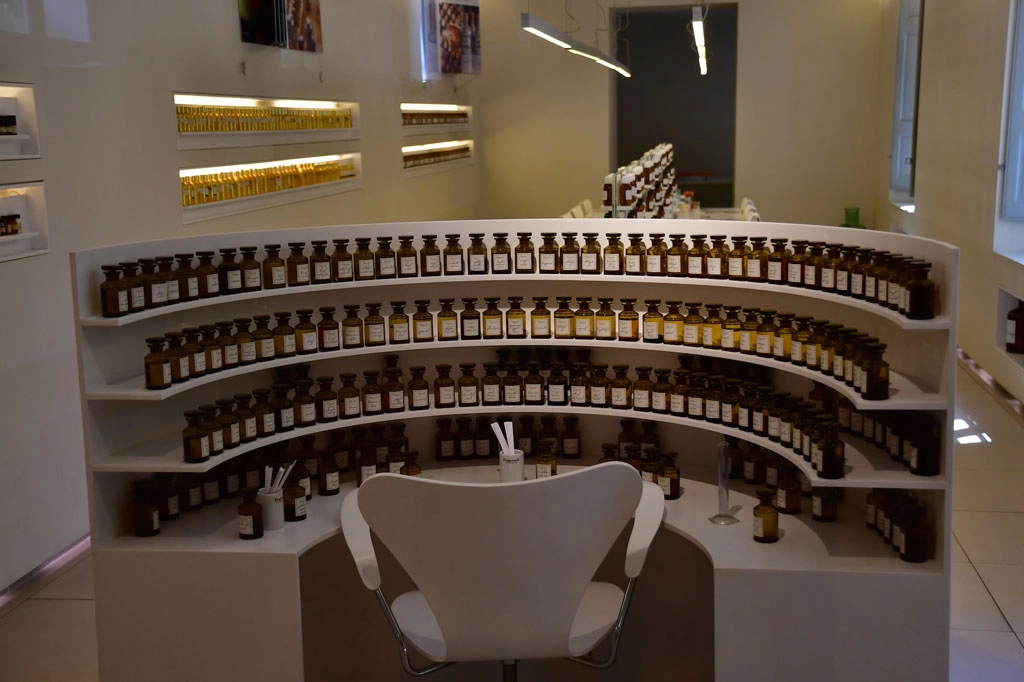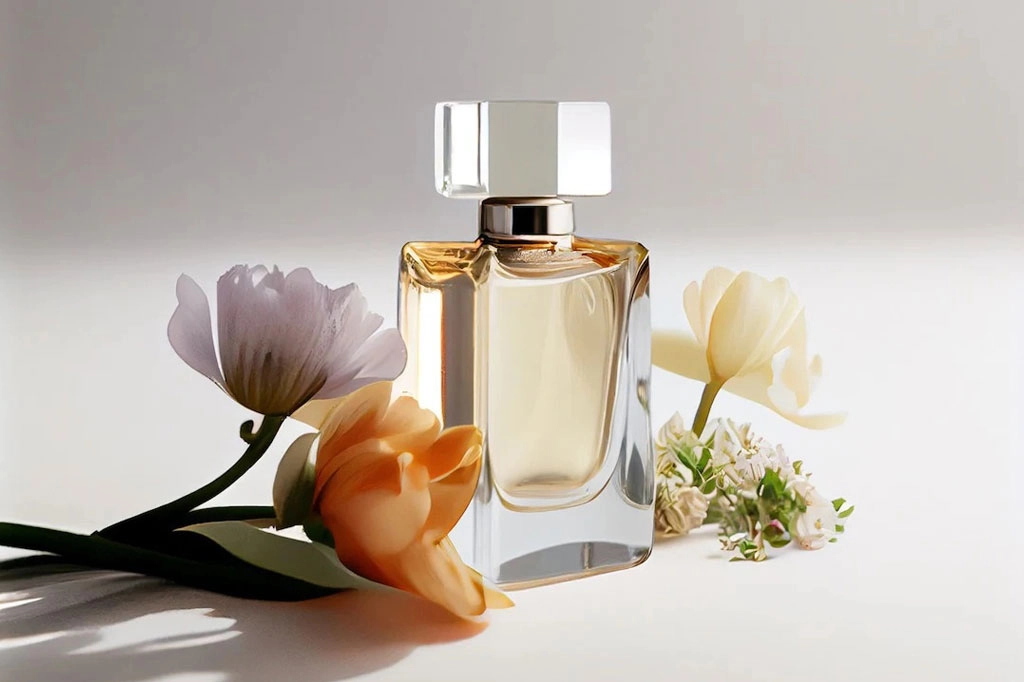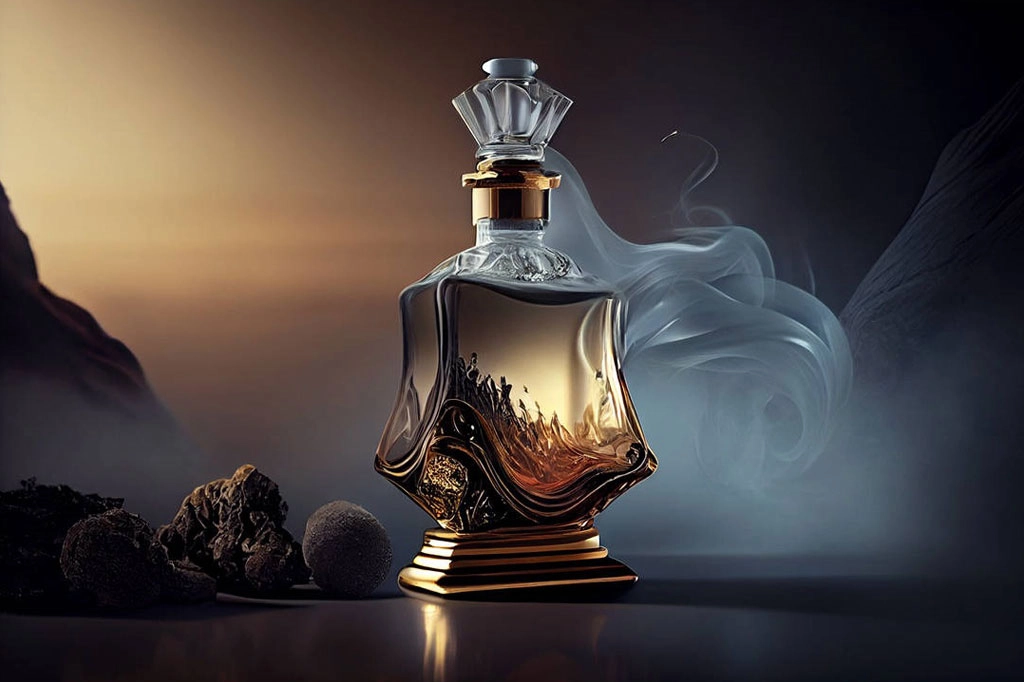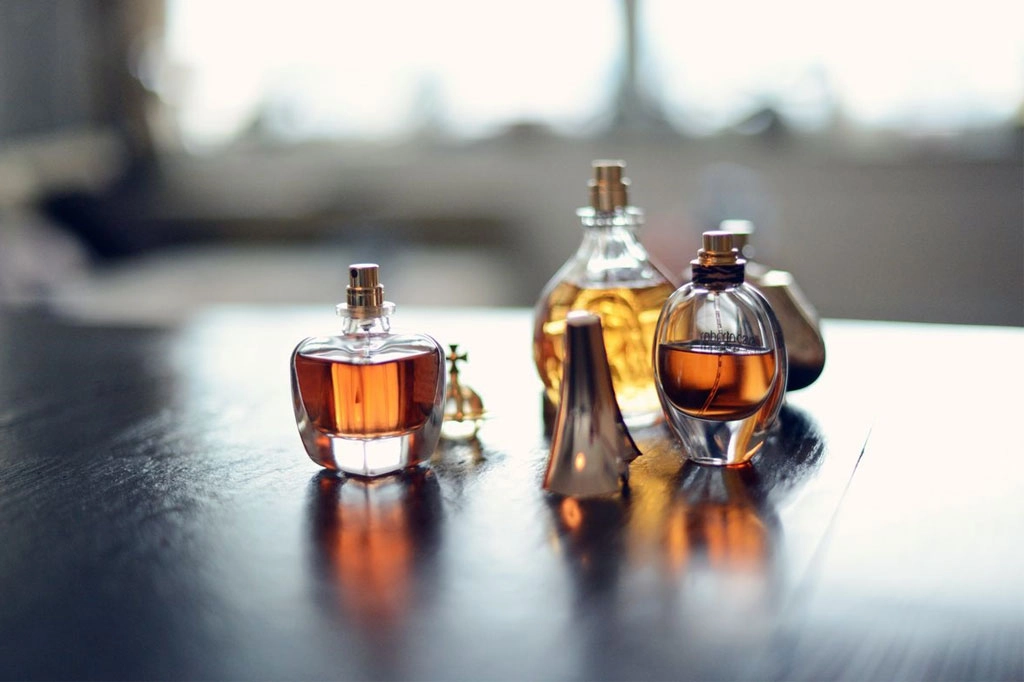The world of fragrance is a delicate dance between artistry and functionality, where the vessel that holds the precious elixir plays a crucial role in capturing the essence of the scent within. Crafting a bespoke perfume bottle is a meticulous undertaking that requires a careful blend of creativity, innovation, and a deep comprehension of the brand’s essence.
In this article, we will delve into the fascinating journey from the initial concept to the final creation of a custom perfume bottle, exploring the intricate steps that transform an idea into a tangible, exquisite piece of art.
Step 1: Inspiration and Conceptualization
Every great design starts with inspiration. For custom perfume bottles, this inspiration often stems from the fragrance itself, the brand’s ethos, or the target audience. Perfume bottle designers must immerse themselves in the essence of the fragrance, understanding its notes, mood, and the emotions it evokes. Additionally, they consider the brand’s identity, ensuring that the bottle becomes a seamless extension of the overall aesthetic.
Once inspired, the design team moves into the conceptualization phase. Sketches, mood boards, and brainstorming sessions become the tools of the trade. The goal is to translate abstract ideas into tangible concepts that will guide the design process. Elements such as shape, materials, and visual motifs are explored during this phase, setting the foundation for the next steps.
Step 2: Collaboration with Perfumers and Brand Stakeholders
Collaboration is at the heart of creating a custom perfume bottle that truly captures the spirit of the fragrance and brand. Designers work closely with perfumers to understand the olfactory journey the scent takes and to incorporate those sensory elements into the bottle design. The goal is to create a harmonious relationship between the visual and olfactory components of the product.
Brand stakeholders, including marketing teams and executives, also play a pivotal role in this stage. Their insights ensure that the design aligns with the brand’s overarching strategy, target market, and marketing objectives. This collaborative effort ensures that the custom perfume bottle not only encapsulates the fragrance but also resonates with the brand’s narrative.
Step 3: Prototyping and Iteration
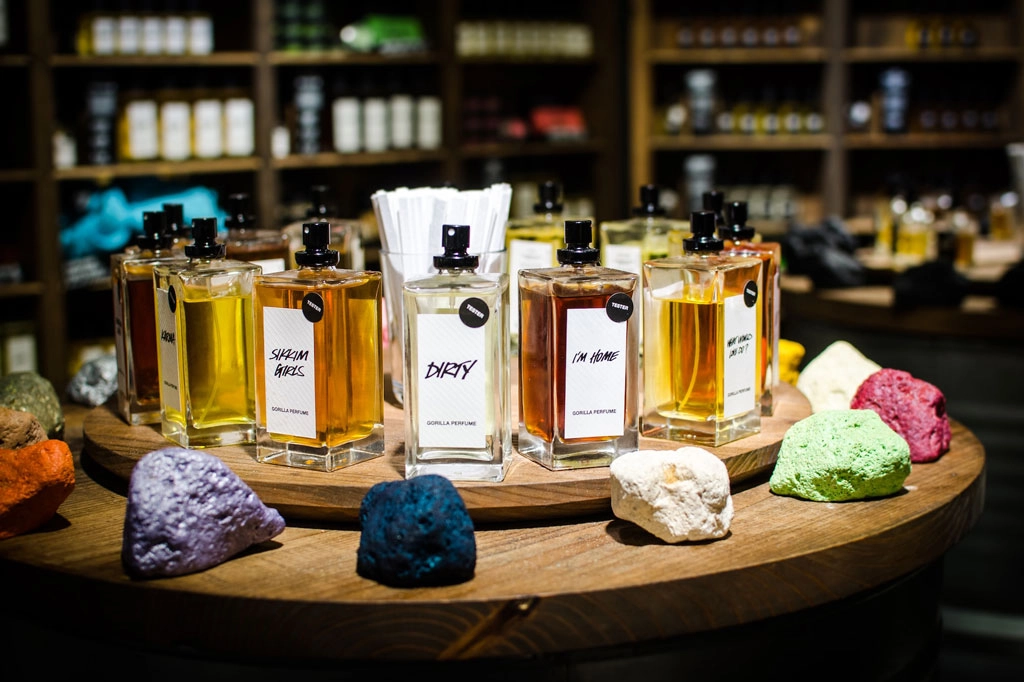
With the initial concept in place, the design team moves to the prototyping phase. Creating physical prototypes allows designers to assess the practical aspects of the bottle, such as ergonomics, functionality, and feasibility. 3D printing and other advanced prototyping technologies enable the team to bring their ideas to life in a tangible form.
During this phase, designers often encounter challenges that require iterative adjustments. The prototype undergoes multiple revisions based on feedback from perfumers, brand stakeholders, and even focus groups. This ongoing process is crucial for refining the design and resolving any potential issues before entering the mass production phase.
Step 4: Material Selection and Production Techniques
Choosing the right materials is crucial in creating a custom perfume bottle that not only looks exquisite but also complements the fragrance. The transparency and scent-preserving qualities of glass make it a favored material in this context. However, materials such as crystal, porcelain, and even unconventional options like recycled glass can be explored based on the brand’s vision.
Production techniques also come into play during this stage. From traditional glass blowing to modern methods like injection molding or CNC machining, the choice of production technique influences the final appearance and cost of the custom perfume bottle. Balancing aesthetics with practicality is key to achieving a bottle that is both visually stunning and commercially viable.
Step 5: Branding and Personalization
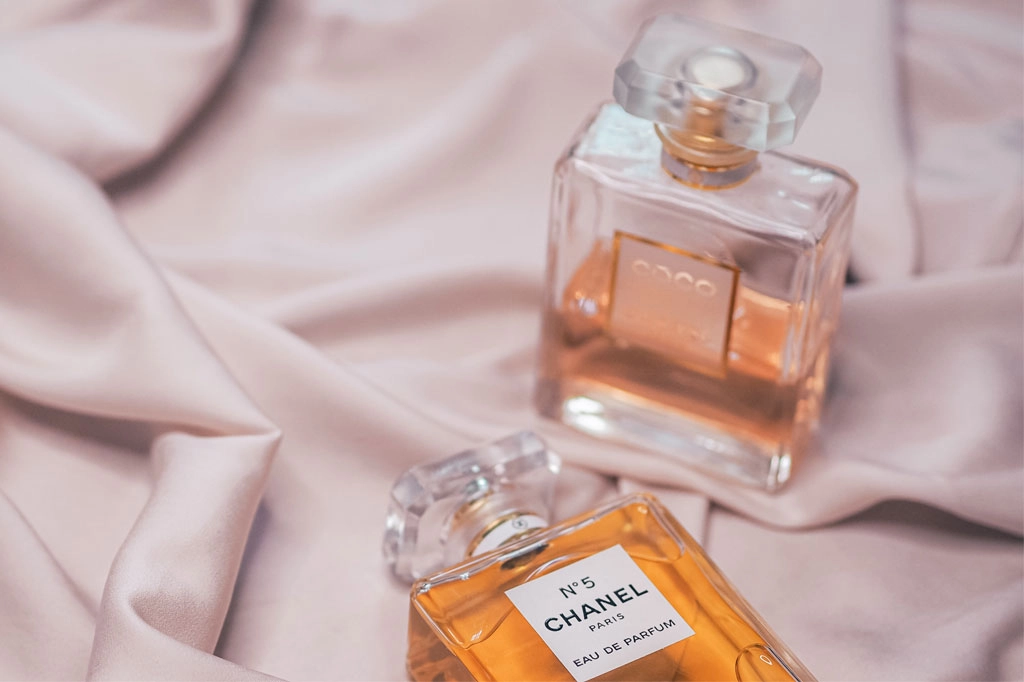
The custom perfume bottle is not only a vessel for the fragrance but also a powerful branding tool. Incorporating the brand’s logo, signature colors, or unique visual elements ensures that the bottle becomes instantly recognizable. Custom packaging, labels, and even engraved details further enhance the brand’s identity.
In an age where personalization holds significant value, many brands provide customization choices for their perfume containers. This can range from engraved initials to bespoke designs, allowing consumers to create a unique and personal connection with the product. The option to personalize the bottle introduces an additional layer of exclusivity and opulence to the overall user experience.
Step 6: Quality Control and Testing
Ensuring the highest quality standards is paramount in the final stages of designing a custom perfume bottle. Thorough testing is undertaken to evaluate the bottle’s resilience, functionality, and compatibility with the fragrance. This includes evaluating the bottle’s ability to withstand temperature changes, exposure to light, and potential reactions with the perfume.
Quality control measures extend to the packaging as well, as it plays a crucial role in protecting the integrity of the fragrance during storage and transportation. Brands invest in advanced testing procedures to guarantee that the custom perfume bottle not only meets aesthetic expectations but also exceeds industry standards in terms of quality and performance.
Conclusion
The journey from concept to creation in designing a custom perfume bottle is a captivating exploration of creativity, collaboration, and craftsmanship. From drawing inspiration from the fragrance to the final quality control checks, each step contributes to the creation of a bespoke piece that encapsulates the essence of the brand. The result is not just a container for fragrance but a work of art that enhances the overall sensory experience, leaving an indelible impression on consumers and reinforcing the brand’s identity in the competitive world of perfumery.

